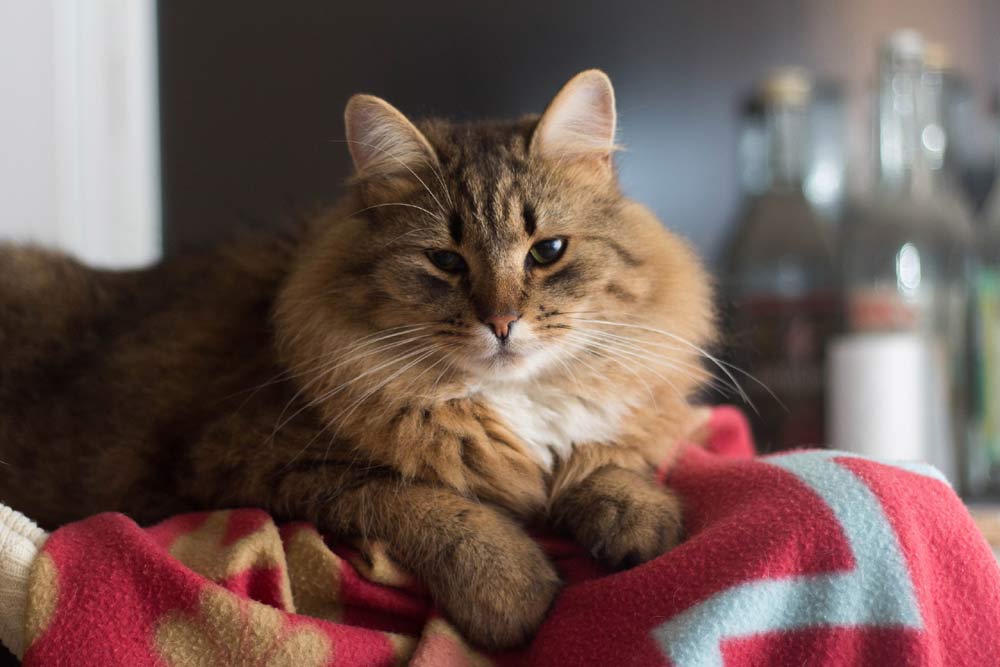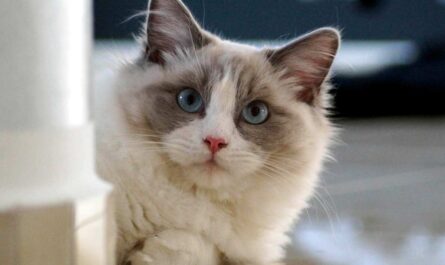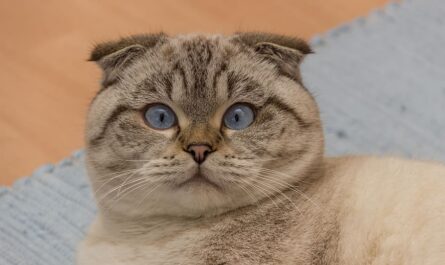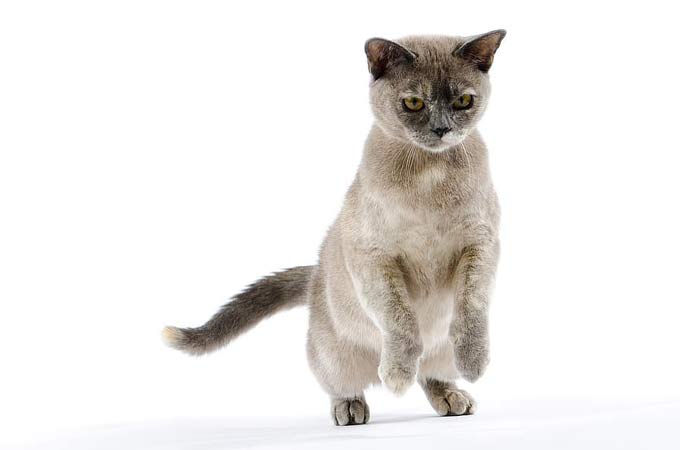What are the signs your cat may require a feline companion? The decision to introduce a second cat is a nuanced exploration of the intricacies of feline dynamics. It is an endeavor that demands careful consideration, thoughtful planning, and a commitment to providing a harmonious environment. When done with finesse, the addition of a feline companion elevates the solitary existence of cats into a symphony of social interaction, ensuring the well-being and enrichment of these mysterious and beloved creatures.
Before embarking on the journey of expanding the feline family, it is imperative to delve into the idiosyncrasies of each cat’s personality. Each feline, with its unique quirks and preferences, contributes to the tapestry of the household dynamic. Thus, a strategic addition involves a deep understanding of the existing feline landscape, ensuring compatibility in temperament and play styles. This nuanced approach is the key to transforming a household into a thriving ecosystem where the subtle interplay of feline interactions becomes a source of perpetual fascination.
The Dynamics of Feline Companionship: A Symphony of Social Interaction
Beyond the realm of human companionship, having a fellow cat can satiate the innate social needs that felines harbor within their enigmatic personas. While human interaction undeniably holds a special place, there exists a distinct camaraderie that only feline friends can provide. The subtle nuances of cat-to-cat communication, the synchronized grooming rituals, and the shared moments of play create a tapestry of interaction that surpasses the comprehension of human observers.
Introducing a second cat into the equation, however, is a delicate dance that requires thoughtful choreography. The individual personalities of each cat must be meticulously considered, akin to the delicate steps of a well-rehearsed ballet. Careful introductions become the overture, where the tempo of feline curiosity and cautious exploration sets the stage for the unfolding drama of multi-cat coexistence. In this complex ballet of relationships, providing separate resources, from feeding stations to cozy hideaways, becomes the supporting orchestration that harmonizes the symphony of a multi-cat household.
The Importance of Feline Companionship: Elevating the Solitary Nature of Cats
Cats, creatures renowned for their independent and enigmatic nature, often find solace and fulfillment in the solitude of solo adventures and the cherished sanctum of personal space. Their ability to navigate the world independently, with an air of mystery and self-sufficiency, is a defining trait that cat owners admire. The tranquility of a cat’s existence, however, may sometimes belie an undercurrent of subtle loneliness or boredom that can manifest in various ways.
In instances where a cat’s solitary demeanor veers towards the melancholic, introducing the prospect of a feline companion becomes an intriguing avenue. Cats, inherently social animals, may, on occasion, display signs of distress when left to navigate their surroundings without the comforting presence of a fellow feline. The nuanced world of feline behavior reveals instances of stress, loneliness, or even boredom, which, if not addressed, can impact a cat’s overall well-being. These solitary-induced issues may manifest as excessive vocalization or destructive behavior, a poignant cry for the companionship they crave.
Signs Your Cat May Require a Feline Companion
In the labyrinthine world of feline companionship, the addition of a second cat can be a strategic maneuver, akin to adding a new character to an intricate narrative. This strategic move, when executed with precision and foresight, transforms a solitary existence into a dynamic and enriched environment for our beloved four-legged friends. It becomes a testament to the dedication of a cat owner to the holistic well-being of their feline companions.
1. Prolonged Staring Out of Windows
In the lexicon of feline curiosity, the window becomes a portal to an alternate reality—a vista teeming with life, where shadows of potential companions flit across the canvas of the outside world. The cat, bereft of a fellow playmate within the confines of home, may engage in a prolonged gaze out of windows, seeking solace in the ever-changing tapestry beyond. The glass pane, a transparent threshold, becomes a silent witness to the cat’s yearning for external stimuli. As their gaze lingers, a silent plea emanates—a desire for the dynamic companionship that eludes them within the walls. The window becomes a looking glass into the feline soul, reflecting the unmet need for social interaction in the vast expanse beyond.
Other Interesting Articles
- Ocicat Cat Breed Profile: Health, Facts, Traits, Groom, Care
- Ojos Azules Cat Breed Profile: Health, Traits, Groom, Care
- Oregon Rex Cat Breed Profile: Health, Traits, Groom, Care
- Oriental Bicolor Breed Profile: Health, Traits, Groom, Care
- Oriental Longhair Breed Profile: Health, Traits, Groom, Care
- Oriental Shorthair Breed Profile: Health, Traits, Groom, Care
- Peterbald Cat Breed Profile: Health, Traits, Groom, Care
- Pixie-Bob Cat Breed Profile: Health, Traits, Groom, Care
- Ragamuffin Cat Breed: Health, Facts, Traits, Groom, Care
- Russian White Cat Breed Profile: Health, Traits, Groom, Care
- Serengeti Cat Breed Profile: Health, Traits, Groom, Care
- Savannah Cat Breed Profile: Health, Traits, Groom, Care
- Selkirk Rex Cat Breed Profile: Health, Traits, Groom, Care
- Singapura Cat Breed Profile: Facts, Coat, Traits, Groom, Care
- Sokoke Cat Profile, Traits, Health, Facts, Grooming, Care
- Somali Cat Profile, Traits, Health, Facts, Grooming, Care
- Turkish Angora Cat Profile, Traits, Health, Grooming, Care
- Sphynx Cat Breed: Profile, Traits, Health, Grooming, Care
- Turkish Van Cat Breed: Profile, Traits, Grooming, Care
- Toyger Cat Breed: Profile, Traits, Health, Grooming, Care




